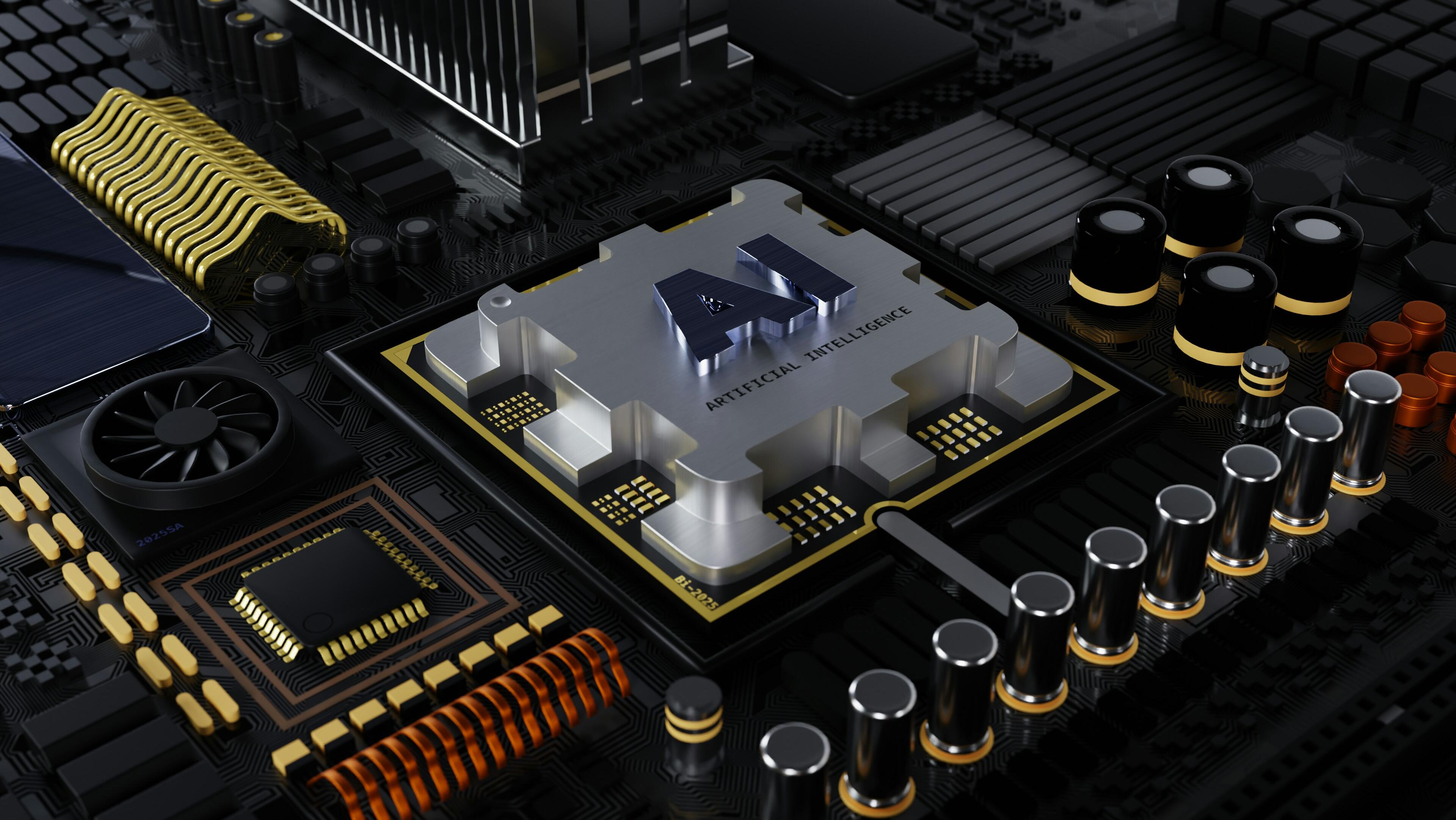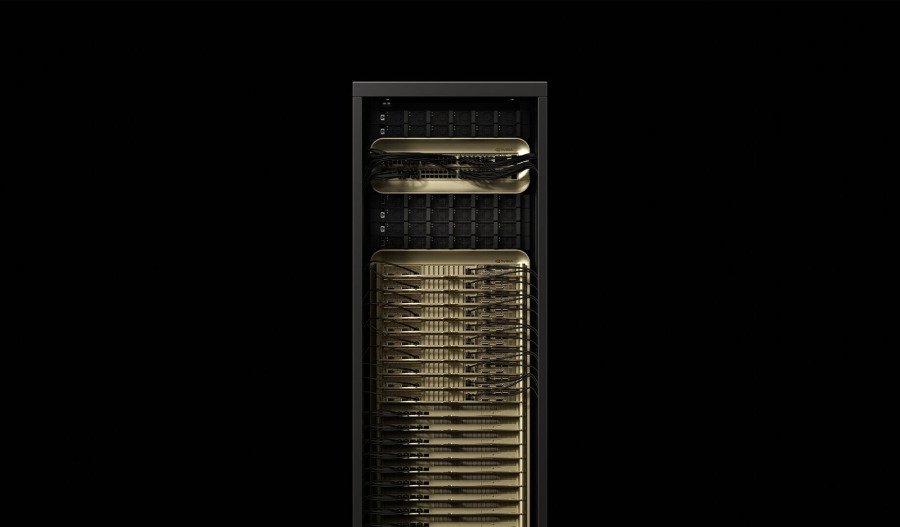A pair of studies published in Nature suggest that an optical computer, which uses light to process data, could be a faster and more energy-efficient method for current AI systems.
"We're at an inflection point where traditional electronic computing … is hitting fundamental scaling limits — chips aren't getting significantly faster or more energy-efficient each year, and costs are rising dramatically," CEO of US-based computing company Lightmatter and co-author of one of the studies Nick Harris said.
Both studies used light (photons) instead of electricity (electrons) to process and transport information.
The benefits of using photonic computing include greater bandwidths with greater efficiency and being particularly suited to performing matrix multiplications, which are fundamental to AI.
However, some drawbacks of the technology include the conversion of photons into electrical signals slowing down processing time and phonetic computing being based around analogue operations rather than digital ones. It is also difficult to scale them up from the small prototypes.
These issues were addressed by both studies, marking a significant development despite some speed limitations of the current hardware.
The first study conducted by a Singapore-based team called Lightelligence showed that its machine could solve difficult computer problems in a fraction of the time needed by traditional computers.
The next study by Dr Harris and the Lightmatter team used the machine to run AI models to play Pac-Man and generate text to speech for the first time.
Despite neither of the studies focusing on the energy requirements of machines, the technology itself could help minimise the energy needed per AI query.
Related content



